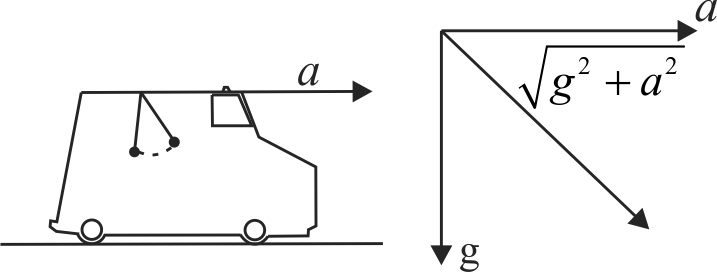364435 The time period of a simple pendulum in a stationary van is \(T\). The time period of a mass attached to a spring is also \(T\). The van accelerates at the rate \(5\;m{s^{ - 2}}.\) If the new time periods of the pendulum and spring be \(T_{p}\) and \(T_{s}\) respectively, then
364435 The time period of a simple pendulum in a stationary van is \(T\). The time period of a mass attached to a spring is also \(T\). The van accelerates at the rate \(5\;m{s^{ - 2}}.\) If the new time periods of the pendulum and spring be \(T_{p}\) and \(T_{s}\) respectively, then
364435 The time period of a simple pendulum in a stationary van is \(T\). The time period of a mass attached to a spring is also \(T\). The van accelerates at the rate \(5\;m{s^{ - 2}}.\) If the new time periods of the pendulum and spring be \(T_{p}\) and \(T_{s}\) respectively, then
364435 The time period of a simple pendulum in a stationary van is \(T\). The time period of a mass attached to a spring is also \(T\). The van accelerates at the rate \(5\;m{s^{ - 2}}.\) If the new time periods of the pendulum and spring be \(T_{p}\) and \(T_{s}\) respectively, then

